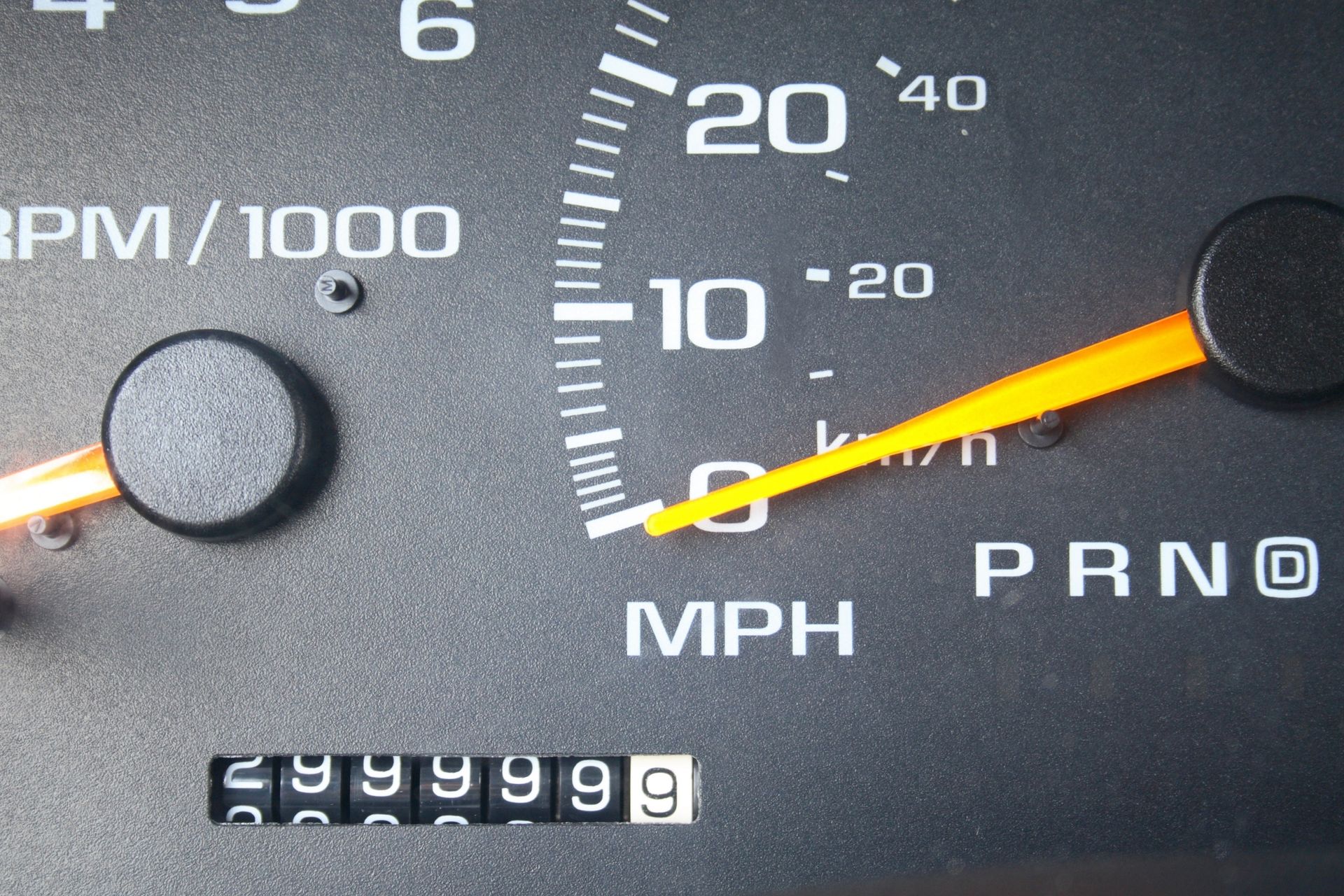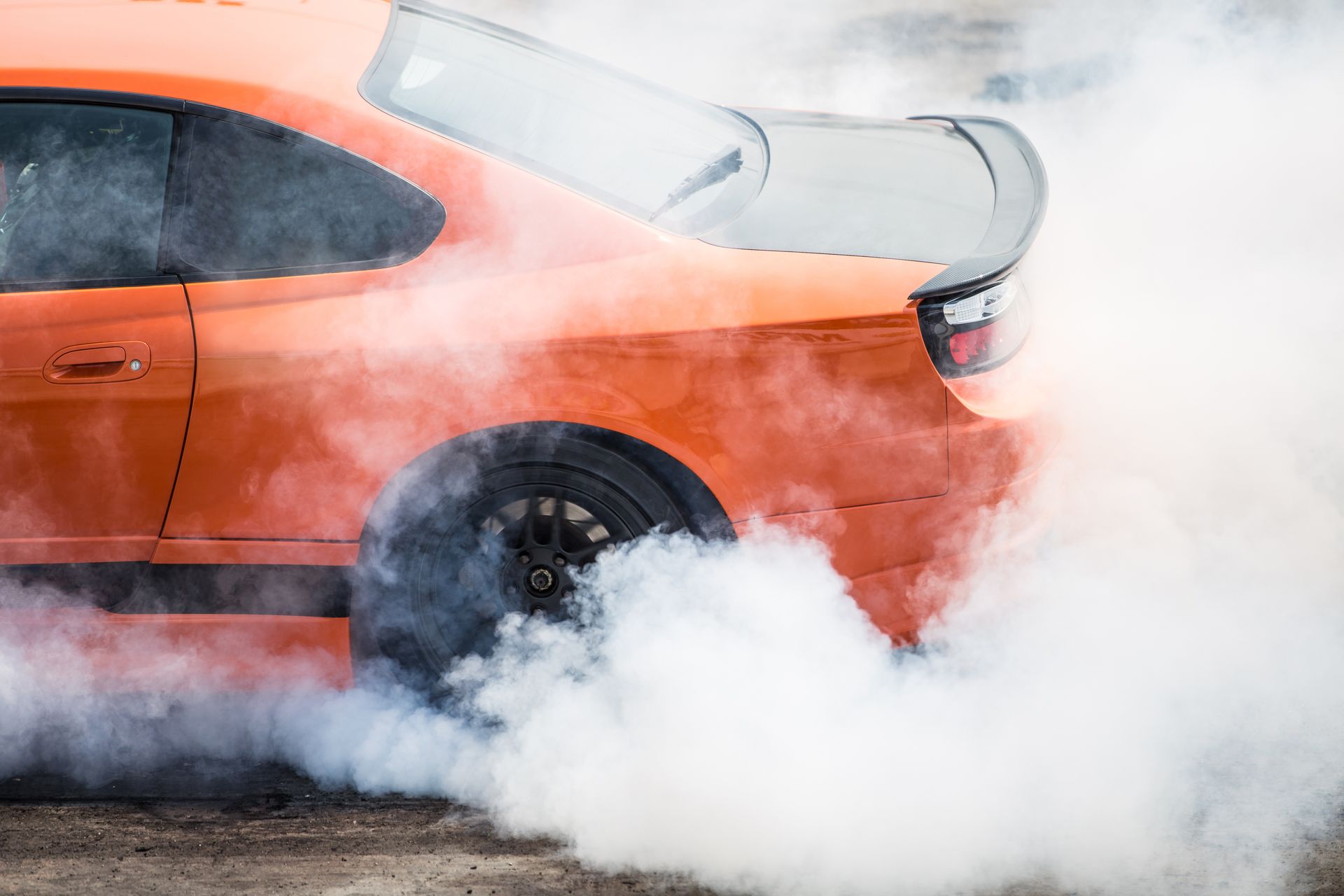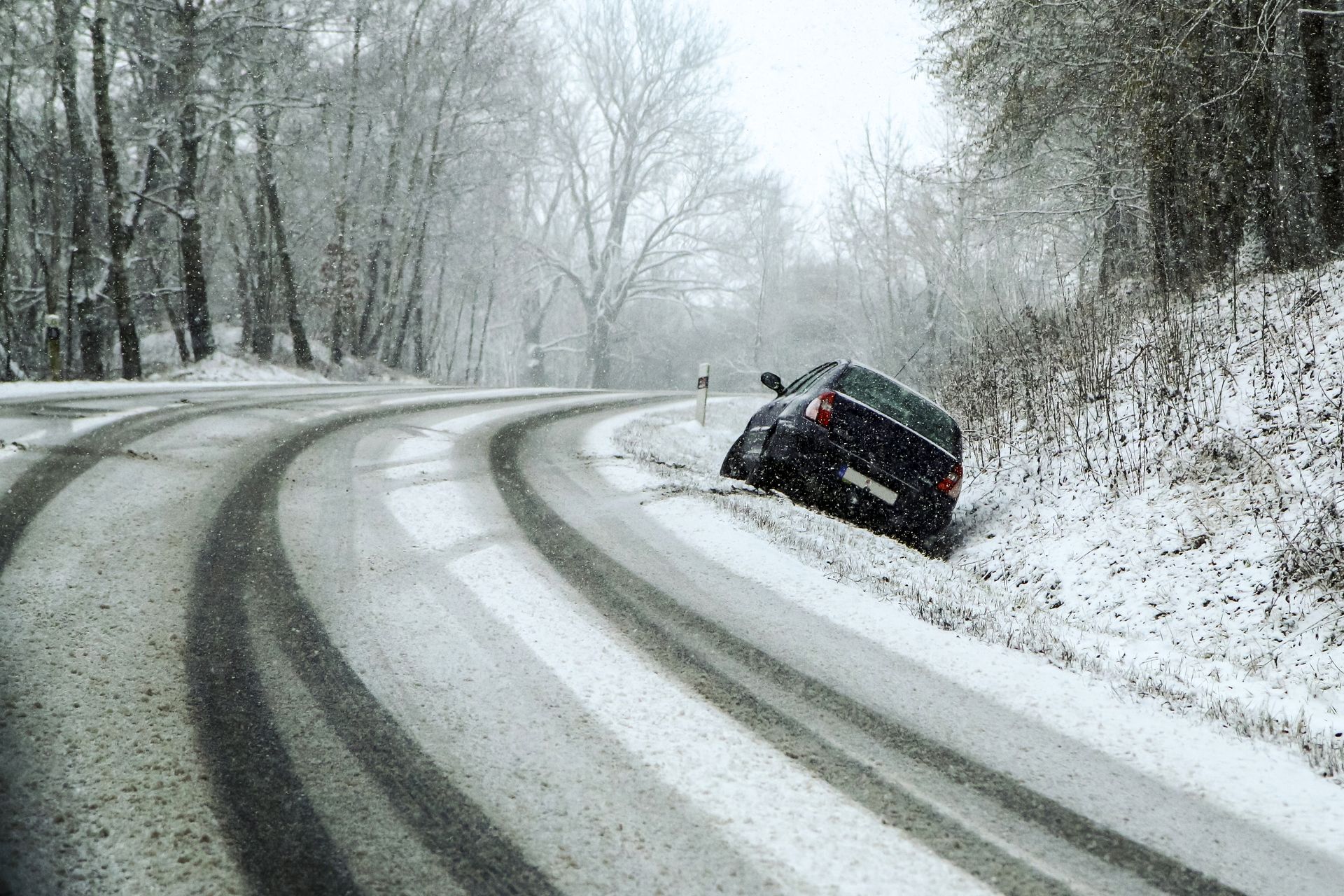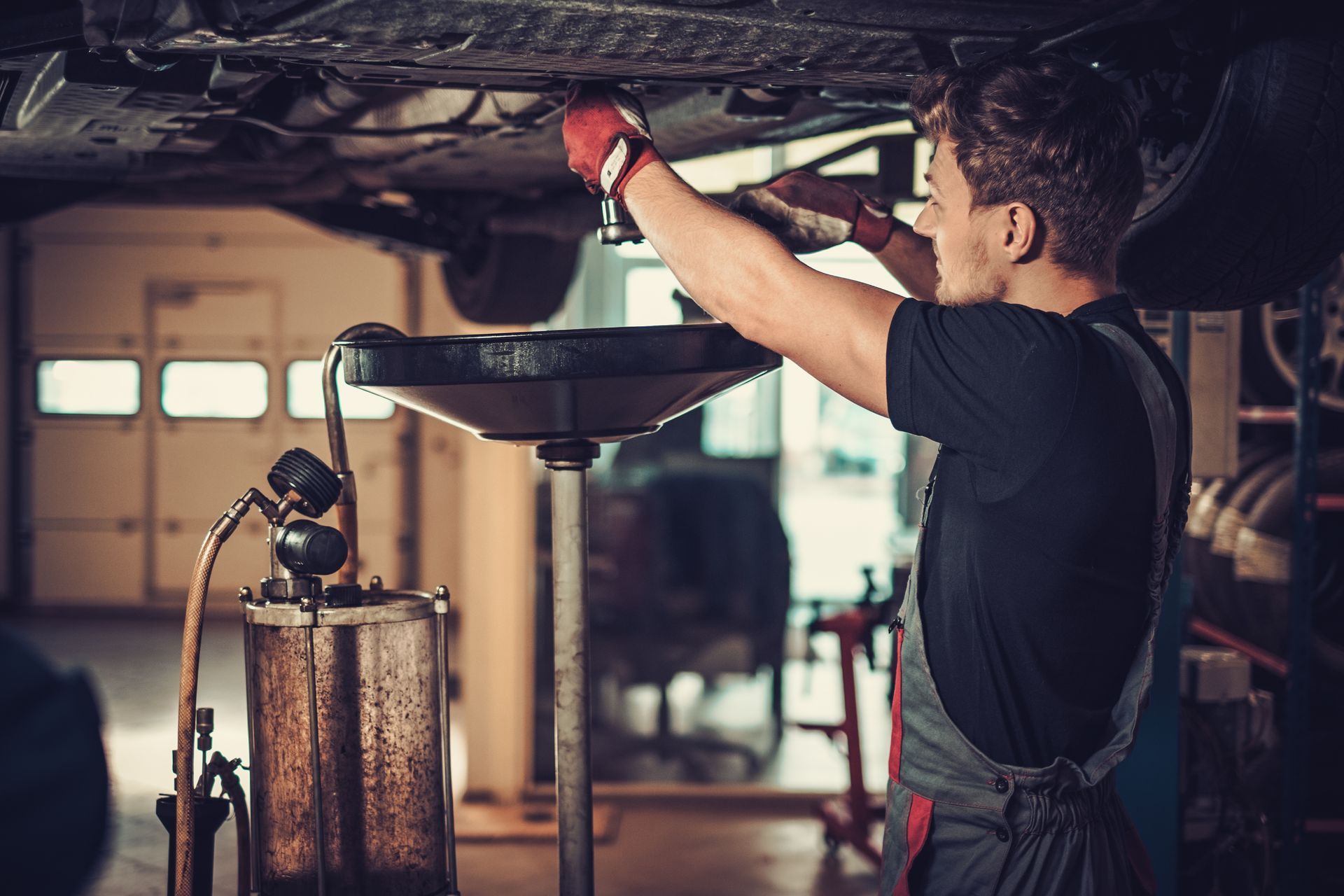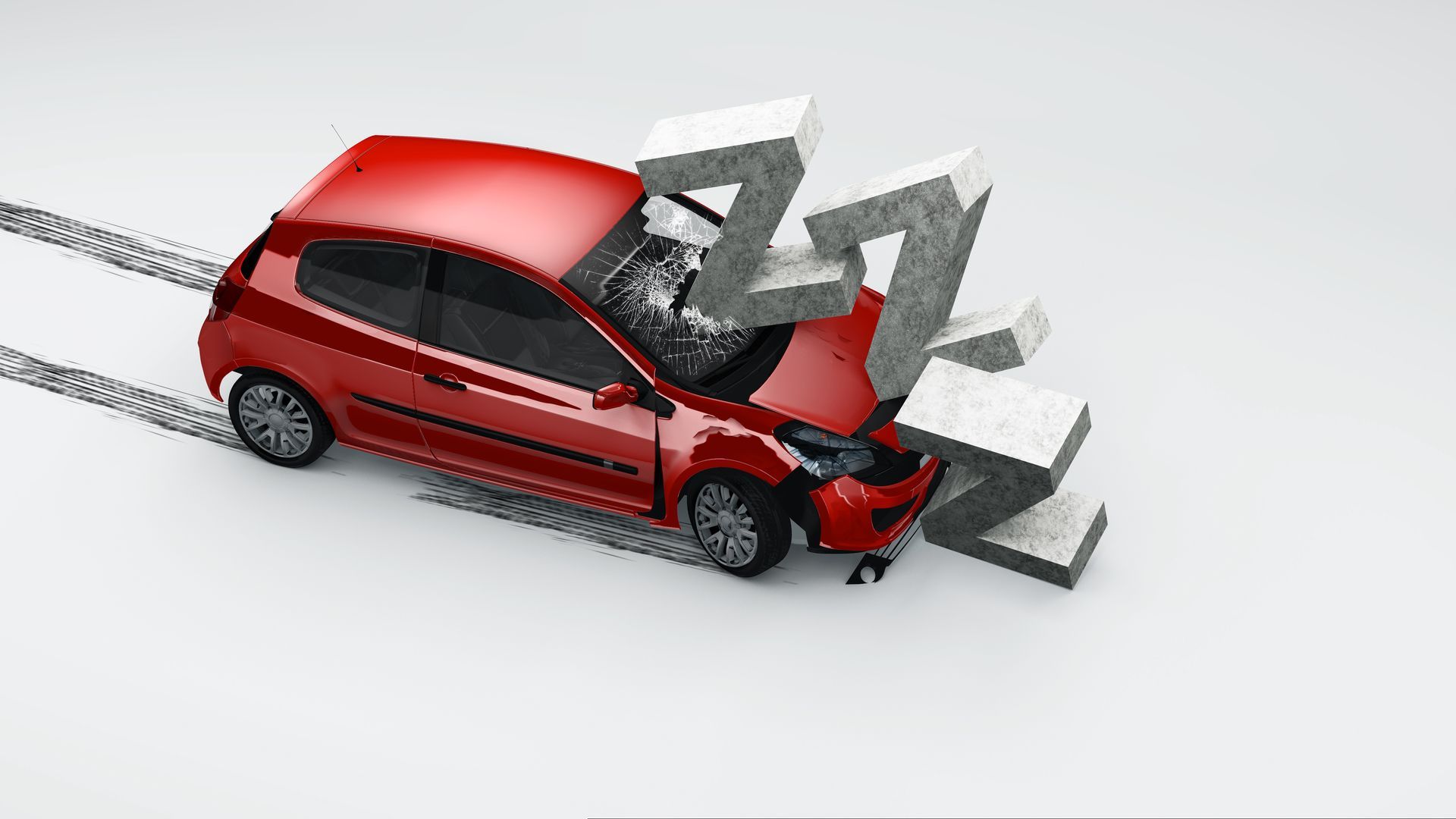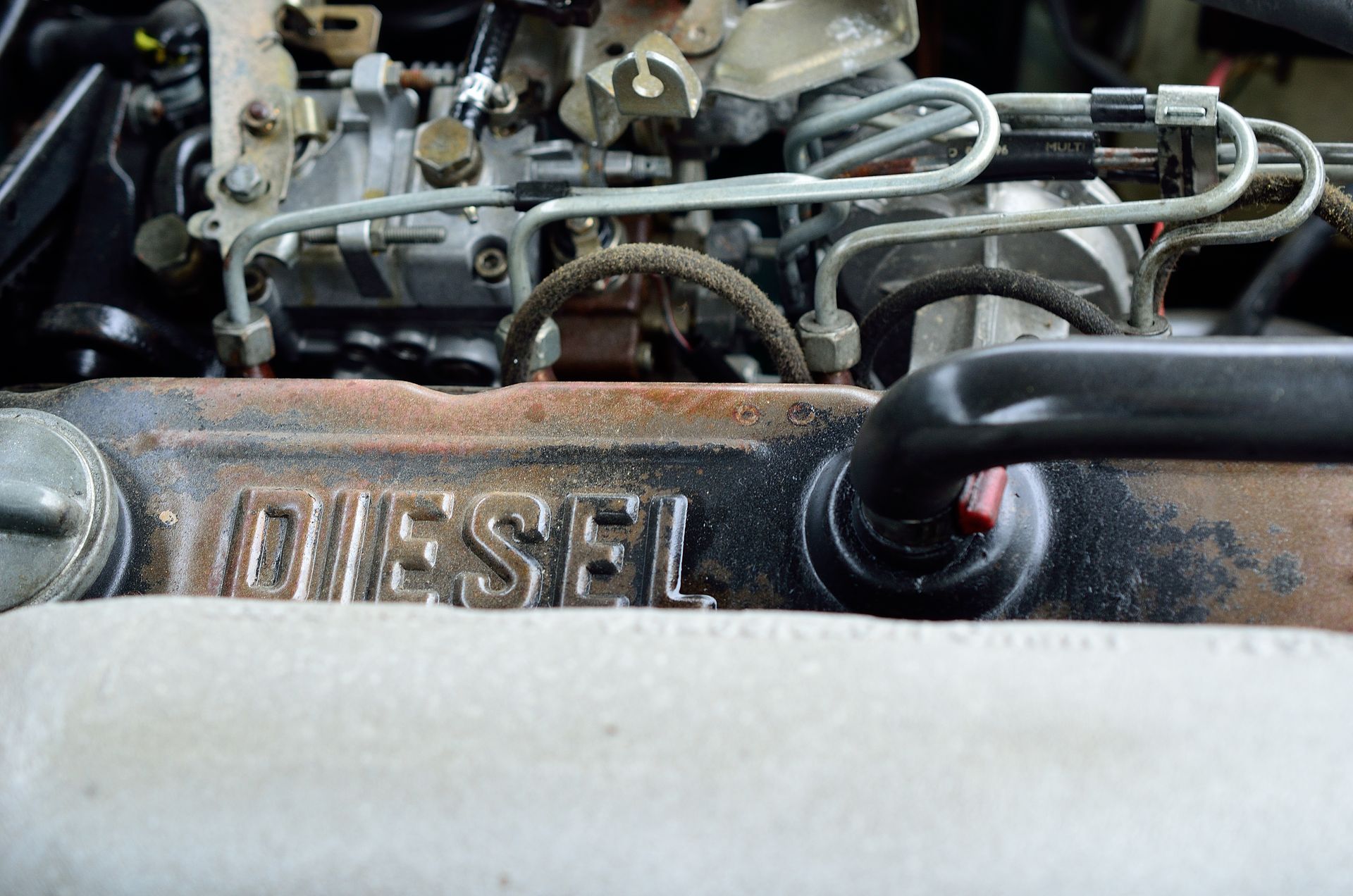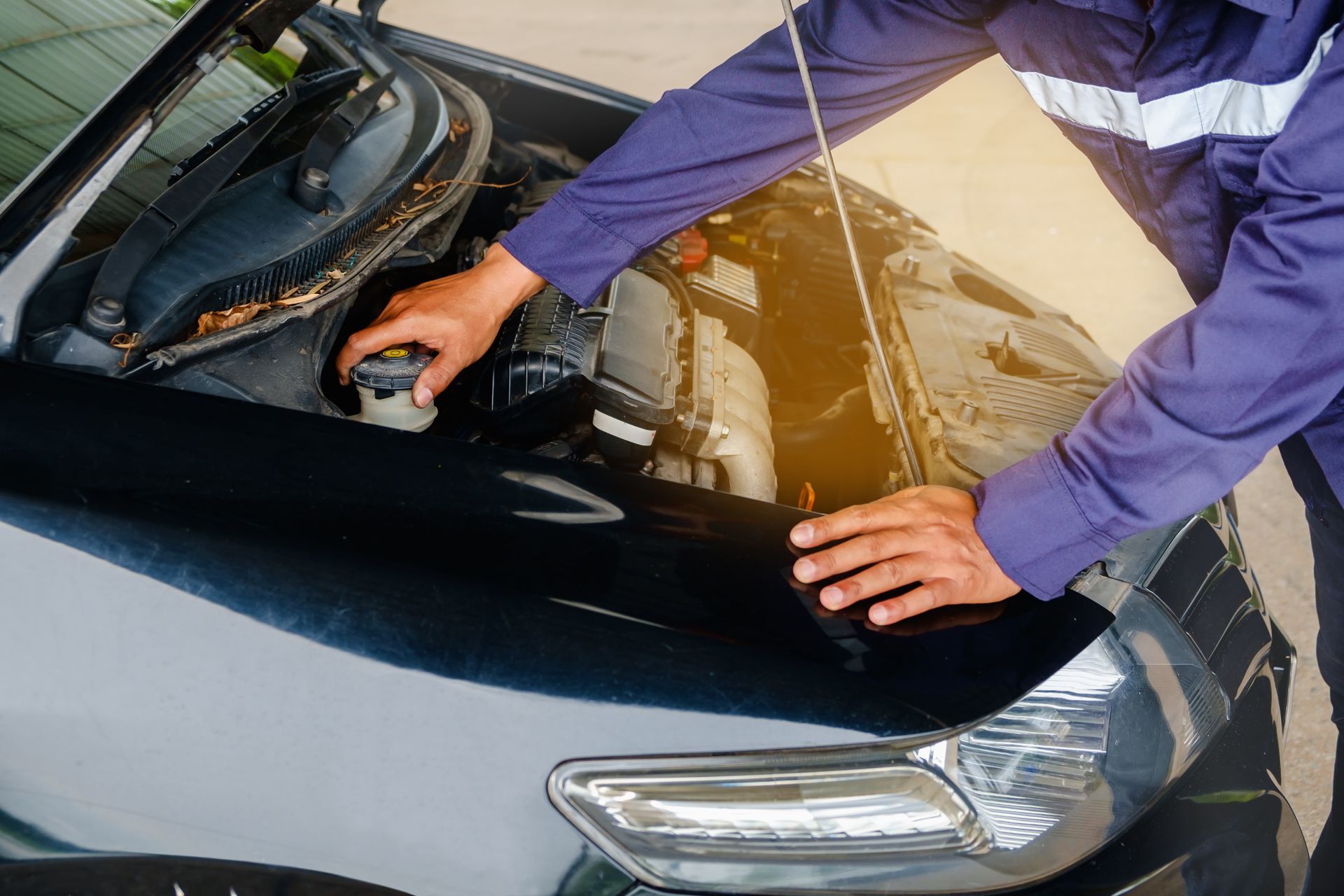If you've ever driven through rural areas, national parks, or even certain suburban roads, you've likely encountered warning signs about wildlife crossings. These areas with high animal activity can be dangerous, both for you as a driver and for the animals themselves. Hitting a large animal like a deer can cause significant damage to your vehicle, not to mention the risk of injury. So how can you protect yourself, your passengers, and local wildlife while driving in areas with high animal activity?
Why Is Animal Activity a Concern for Drivers
Driving in areas with high animal activity poses unique challenges that many drivers don’t encounter on typical city streets. Animals, unlike human pedestrians, don’t follow predictable paths. Deer, elk, and smaller animals like raccoons may suddenly dart into the road, giving you little time to react.
In some regions, animals are most active during dawn, dusk, or nighttime hours, which makes spotting them even more difficult. Seasonal factors, such as migration or mating seasons, can also increase the number of animals crossing roadways. It’s essential to understand these risks and be prepared, especially if you frequently drive in high-risk areas.
Key Tips for Safe Driving in High Animal Activity Zones
Pay Attention to Road Signs
Wildlife crossing signs are there for a reason. If you spot a sign indicating deer or other animals, take it seriously. These areas have been identified as high-risk spots, so slow down and stay vigilant. Reducing your speed gives you more time to react if an animal appears unexpectedly.
Use Your High Beams at Night
When driving at night in low-traffic areas, using your high beams can help you spot animals on or near the road. The bright lights will reflect off the eyes of animals like deer, giving you an early warning. Just be sure to dim your high beams when other cars are approaching to avoid blinding them.
Avoid Swerving
If an animal suddenly darts into your path, your first instinct might be to swerve. However, swerving can cause you to lose control of your vehicle or even lead to a collision with oncoming traffic. Instead, brake firmly and keep your vehicle straight. While it’s heartbreaking to think about hitting an animal, it’s far safer than potentially causing a multi-vehicle accident.
Stay Alert During Peak Animal Activity Times
Animals are most active during certain times of the day—particularly at dawn and dusk. These low-light conditions can make it harder to spot animals on the road. If you're driving during these hours, stay extra alert, slow down, and scan the sides of the road for any movement.
Honk to Scare Off Animals
If you spot an animal near the road ahead of you, honking your horn may help scare it away. This tactic is particularly useful for larger animals like deer, which can often be hesitant to leave the road. A quick honk can encourage them to move away and avoid potential danger.
What to Do If You Encounter an Animal on the Road
Sometimes, despite all precautions, you may find yourself face-to-face with an animal on the road. Here’s how to handle that situation:
Slow Down
If you see an animal crossing or standing in the road, immediately slow down. Animals can be unpredictable, and slowing down gives them a chance to move.
Stop and Wait
If an animal is standing in your path, stop your vehicle and wait for it to cross. Honk your horn lightly if the animal is lingering, but avoid any aggressive actions that might cause it to panic.
Watch for More
Animals often travel in groups, so if you see one crossing the road, there’s a good chance others are nearby. Stay alert and look for additional animals before speeding up again.
Defensive Driving in Animal-Prone Areas
Defensive driving is always a good habit, but it’s especially critical when driving in areas with high animal activity. Here are some defensive driving techniques to keep in mind:
Keep a Safe Following Distance
In case the vehicle ahead of you suddenly brakes for an animal, maintaining a safe distance allows you to react without rear-ending them.
Drive Slower
Speeding reduces your reaction time. By driving slower, particularly in high-risk zones, you give yourself more time to avoid hitting an animal.
Stay Focused
Avoid distractions, especially at night or in areas where animals are known to be active. Keeping your eyes on the road will increase your chances of spotting an animal before it’s too late.
Preventive Measures
For those who frequently drive through areas with high animal activity, certain vehicle modifications might help reduce the risk of accidents. Installing a grille guard or bull bar can provide extra protection if you hit a large animal. While these modifications won't prevent an accident, they can reduce the damage to your vehicle and potentially save your life in a severe collision.
Another option is to install animal whistles on your vehicle. These devices emit a high-pitched sound that’s designed to warn animals of your approach, potentially preventing them from entering the roadway. While opinions vary on their effectiveness, some drivers swear by them.
Have you recently driven through an area with high animal activity? Don’t leave your vehicle’s safety to chance! At
Grahams Auto & Truck Clinic, we offer thorough inspections to ensure your car is in top shape after any incident. Schedule your appointment today.


